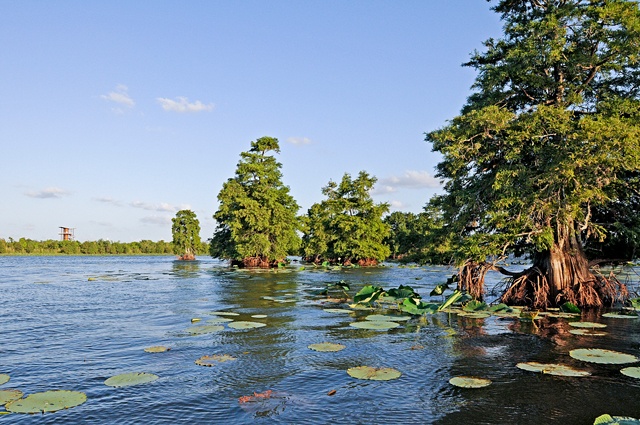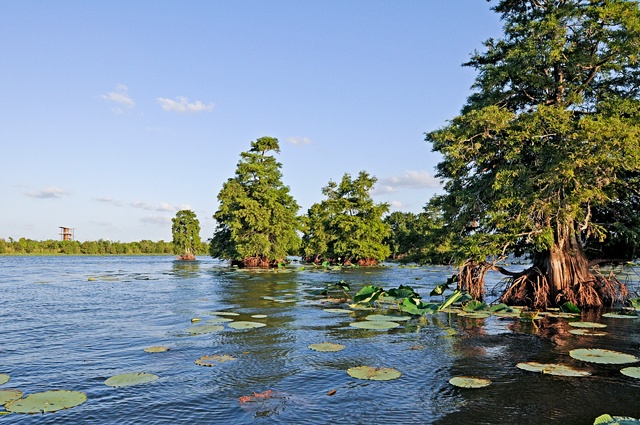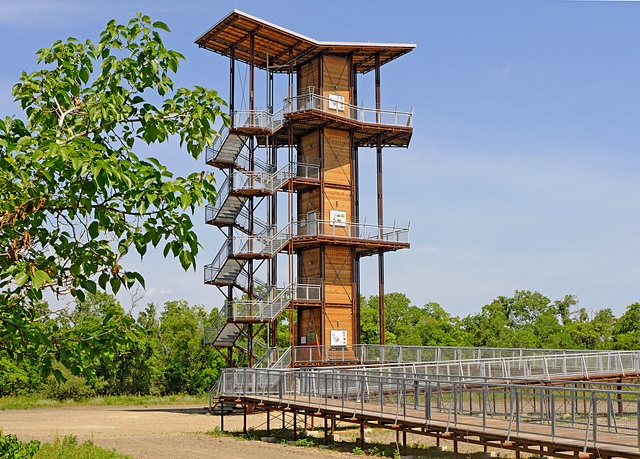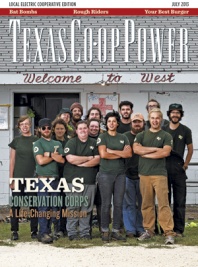The features that make downtown Houston so captivating—the magnificent architecture of its glassy skyline and the convergence of culture and commerce—can conspire to leave people feeling captive. And the knotted tangle of freeways often offers scant escape.
Yet, barely beyond Beltway 8 is a verdant oasis of water, woods and prairie that teems with wildlife, offering visitors a wondrous portal into the great outdoors. Sheldon Lake State Park, just 15 miles northeast of downtown Houston, might be the least heralded natural asset of the nation’s fourth-largest metropolitan area.
“Sheldon Lake State Park is all about environmental education and getting people outdoors,” explains Kelley Morris, park superintendent. “This is a place where folks can fish, bird-watch, hike woodland trails, gaze upon miles of open prairie and learn about ongoing wetlands restoration efforts.”
For a bird’s-eye view of how this natural refuge—formally called Sheldon Lake State Park and Environmental Learning Center—fits into Houston’s industrial sprawl of highways, railroad tracks, refineries and oil field service companies, head for the top deck of the 82-foot John Jacob Observation Tower. Take the solar-powered elevator or climb the metal stairs. Don’t forget to bring binoculars and a camera.
Here, seemingly suspended six stories above the surrounding flapjack-flat coastal prairie, park visitors can gaze west at the hazy outline of downtown skyscrapers, peer north to see where Carpenter’s Bayou enters Sheldon Lake and look south beyond the refineries to spot the San Jacinto Monument. It’s a priceless view, but it won’t cost you a dime.
The 2,800-acre state park and reservoir comprise a biological island in an urban environment that features one of the few inland, freshwater marshes along the upper Texas coast. More than 20 wooded islands in the 1,200-acre reservoir provide nesting sites for heron and snowy egret rookeries. The former state fish hatchery and migratory waterfowl refuge was redeveloped as a state park in the early 1980s.
Morris says about 5,000 schoolchildren, many of them from Houston neighborhoods, visit annually. She says most have never caught a fish, seen a live alligator, netted a tadpole or spotted “cool” birds such as a great blue heron, marsh hawk or wood duck commonly found here.
The park’s conservation message actually takes top billing at Sheldon Lake—ahead of fishing and wildlife viewing. Visitors learn, for example, that recycled oilfield pipe and coal fly ash were used in the Pond Center’s construction, a ground-coupled geothermal system provides heating and cooling for its lab and classroom, and the roof captures rain to water flower beds. An 80-foot tall wind turbine whirs just outside the center, generating electricity. Two arrays of six and eight solar panels convert the sun’s rays into energy for park facilities, as well.
——————–
Rob McCorkle is a Kerrville-based writer.




